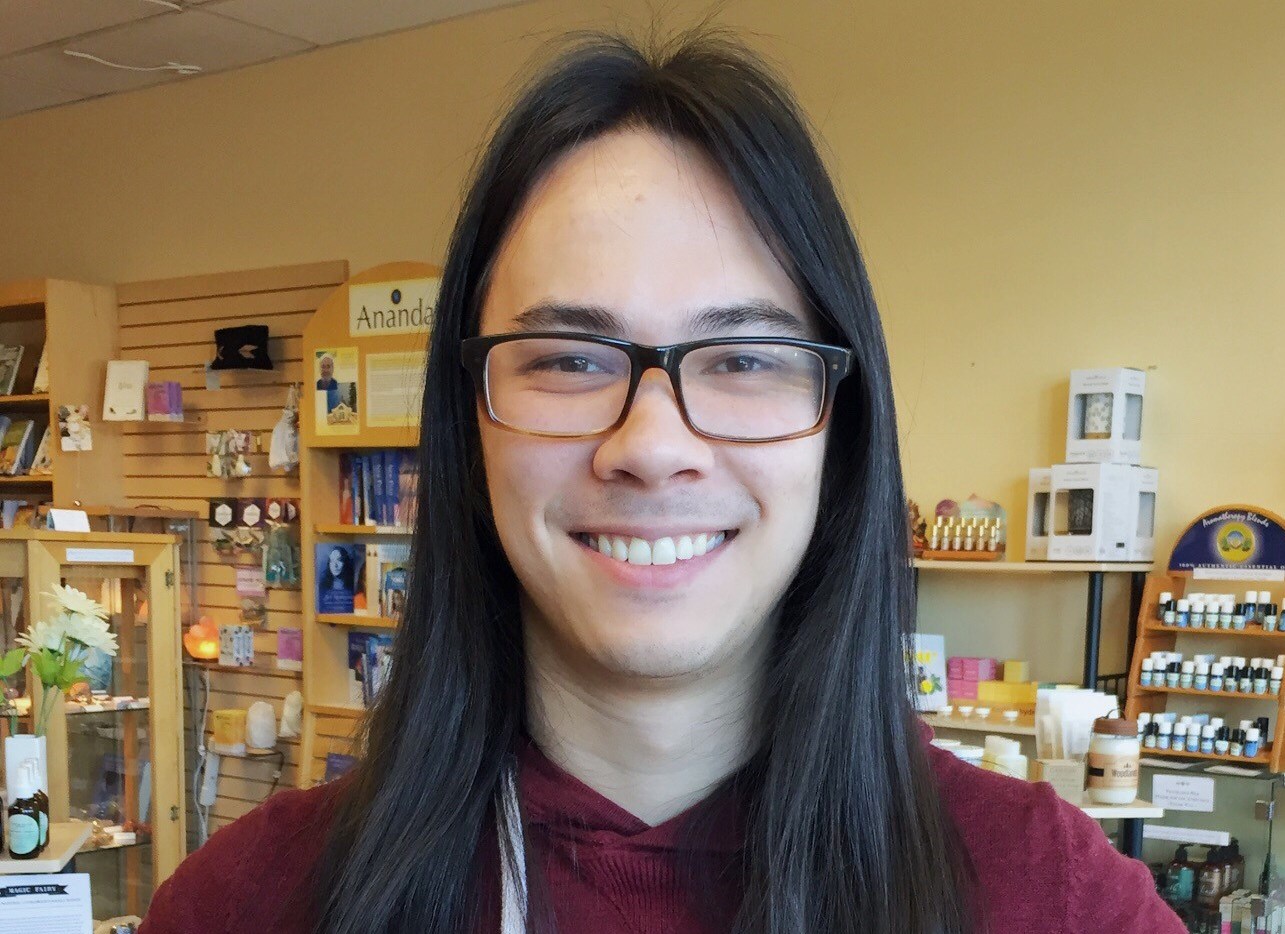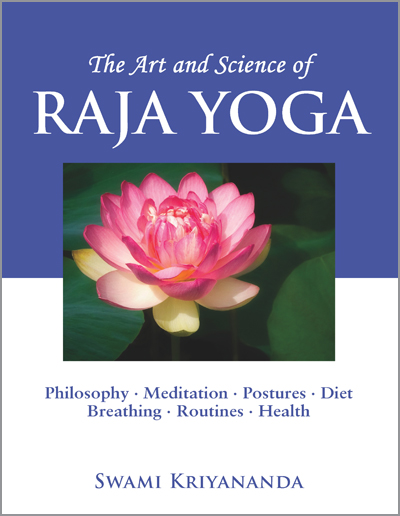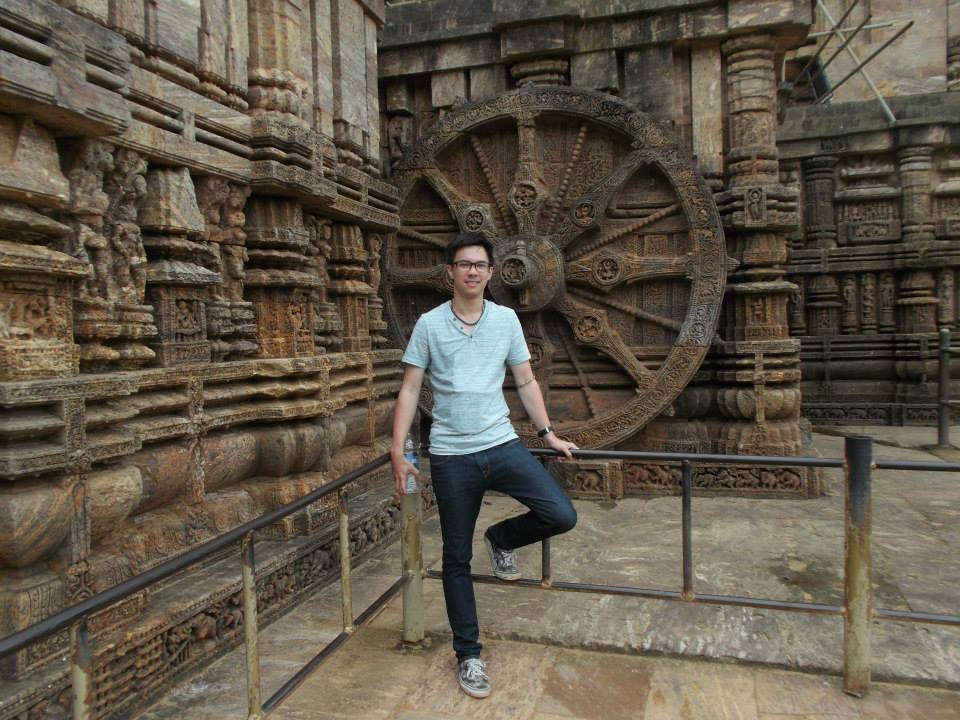
During my high school years and all the way through college, I considered myself an agnostic at best, and an atheist at worst. I wanted to believe in a higher power, but my outlook on life was so dim that it didn’t seem possible for a loving, intelligent deity to exist behind the suffering we see every day. It wasn’t until I went to India that my perspective began to change.
I began to see the possibility of my higher self, the possibility that there could be more to life than capitalism. So forceful was my experience in India that it was no longer a question of believing whether or not something was out there, but a question of understanding what that something was. The only way I was able to believe in this wonderful 'something' was to experience it, and the only assured way to experience it, from what I've found, is to practice experiencing it.
A few months after India, the opportunity presented itself to take a class called The Art and Science of Raja Yoga. I saw the class as a way of continuing the journey I had started, to understand what it was that I had experienced in India. Sometimes referred to as ‘Hatha Raja’, the class serves as an introduction to the Eastern way of perceiving the world. In the forward of the class text (the class text is also called The Art and Science of Raja Yoga), Nayaswami Naidhruva writes, “…the original yoga science emerges in all of its glory – a proven system for realizing our spiritual destiny. The practice of raja yoga awakens us to our deepest reality of oneness with the Infinite. The key word here is practice. As a spiritual science, yoga is unique in that it encourages us to test the truth of its principles, not simply to believe.” The ladder part of this statement – that yoga asks us to test and experience for ourselves – is, to me, the allure of the principles taught in the class. The Hatha portion of the class teaches students different yoga poses and different breathing techniques.
You can learn more about the Art and Science of Raja Yoga here.
The Raja portion of the class teaches students how to meditate, how to eat properly, and touches on many eastern philosophies such as the Yamas and Niyamas – the ‘dos’ and ‘do nots’ of the east. But the class is not simply an academic analysis of eastern philosophy; it is a guide to changing your life from the inside to affect a change on the outside. Or, more accurately, a course for changing your life from the inside to affect a change even deeper inside. To do this, students are simply asked to practice what they are taught.
The ideas presented in the class about diet, chakras, and the astral body are all secondary to the practice itself. From an academic perspective, the student listens to the instructor, and if the instructor says something, then it must be true. But the teaching of the Hatha Raja class is that if the instructor says something, then it is up to the student to find whether it is true or not true. In a twist of perspective, one could say it is the practice itself which makes something true, at least from the student's viewpoint. The eastern philosophies are not meant to be believed so much as they are meant to be practiced. Believing in the power of yoga is useless; it is the practice of yoga that makes it useful. Knowledge that exercise is good for the body does not make the body fit; but similarly, disbelieving the power of exercise does not make the body unfit. It is the exercise itself that affects the body, whether its power is believed in or not. What’s more, it is the quantity and quality of exercise that makes the effects visible. One jog a month will not bring the jogger any results.

In this way, we may think of The Art and Science of Raja Yoga as a sort of yogic boot-camp. Whether or not anyone believes in the teachings of the class, after three months, students will feel the effects of yoga to the degree that they practiced. So, what is yoga? In America, we may think of yoga as poses, or asanas, and if we have practiced these poses before, we may know them for their physical and calming benefits, or we may know them for the goats and beer that people have begun to couple with yoga postures (yes, people do yoga postures with goats and beer). But yoga is deeper than physical postures. From the book: “…the actual meaning of [yoga] is ‘union.’ It is the stated aim of this science to take the practitioner (or yogi) to an awareness, not only of the underlying unity of all things, but also of his own essential identity with this deeper reality.” Yoga is not just postures – it is the study of the unity of all things.
This may be where people start to get lost – certainly, it is where my younger-self got lost. How are we meant to believe in cosmic unity when I am so clearly separate from everything that is not me? Is it really fair to call yoga a ‘science’? Aren’t the eastern philosophies of chakras, auras, prana, and astrology all based on mysticism and legends? Well, a historian could expound on the origins of yoga and all of its facets, and chronicle the many cultures of the Indus Valley that over thousands of years developed this ‘ancient science’. Similarly, a psychologist could tell you to what degree the mind can be impacted by these practices. But such a discourse would miss the point entirely. The class asks not that you believe these things, but that you practice them, and through your practice, find your own belief.

It is often said that ‘seeing is believing’, but certainly there is no reason to limit belief to our sense of sight – the proverb is more properly stated as ‘experiencing is believing.’ This is what The Art and Science of Raja Yoga really offers – not a class or a lecture, but an experience – and here is the science of the class. If you were to look under a microscope, you probably would never find your chakras or your auras, your soul or your inner peace. These things are not meant to be inspected by a mechanical eye or even by a human eye. This doesn’t mean they should be consigned to a place in our minds where we keep the Loch Ness Monster, the Yeti, or Santa Claus. It means instead, that the search for such things must be internal or intuitive. These are things that the skeptical nature of my former atheist-self would have scoffed at - seeing colors surrounding the human body? An inner light that leads to God? How could it be? I would suggest that the skepticism of the general public is one of sight and numbers. If it can’t be seen or counted, tracked in empirical data and articulated in a corporate agenda, it may as well not exist. And yet, as Swami Sri Yukteswar said to Yogananda, “The law of gravitation worked as efficiently before Newton as after him. The cosmos would be fairly chaotic if its laws could not operate without the sanction of human belief” (Autobiography of a Yogi, p. 162).
In fact, it could be said that the best parts of science are the parts that haven’t been discovered yet. Isn’t that why we continue to send probes into space, and spend billions of dollars researching things only scientists can(not) properly explain? Curiosity isn’t the absence of knowledge but the knowledge that there is more to be known. The different scientific theories about the universe are miraculous not because they are things that can be held and pointed at, but because they can explain how the universe operates. Although we cannot point at something and say, “There, that is the Theory of Relativity,” we can instead think about these theories and the concepts they provide, and we, or the scientists, can put them to the test and find that they are true or not true.
The Art and Science of Raja Yoga asks us to be our own personal scientists. Instead of using mass spectrometers and particle accelerators, yoga explores the body with instruments of the body, the mind with instruments of the mind, and the soul with instruments of the soul. All this to say, to explore the reality of yoga, all we need is our own internal practice. I don’t want to promise that students will have a comprehensive understanding of eastern philosophy or history, or that they will be able to weigh their karma on a scale, or see the colorful auras of their neighbors.
But I do promise there will be a subtle, yet definite, change. It may even be tangible – that is to say, perceivable by the bodily senses. This may seem like a small promise – that after three months, we might have a tangible change in our lives. But think of it this way - after three months, the ability to explore greater spiritual depths will be possible. Students will not have to wonder anymore about the truth of the yogic teachings. Through the class, the practice of yoga will reveal a door to the rest of the universe. It all sounds like the fantastical claims of a madman, but the science is simple, and the hypothesis is this: If you practice yoga, you will experience yoga. So, go be a yoga scientist.

